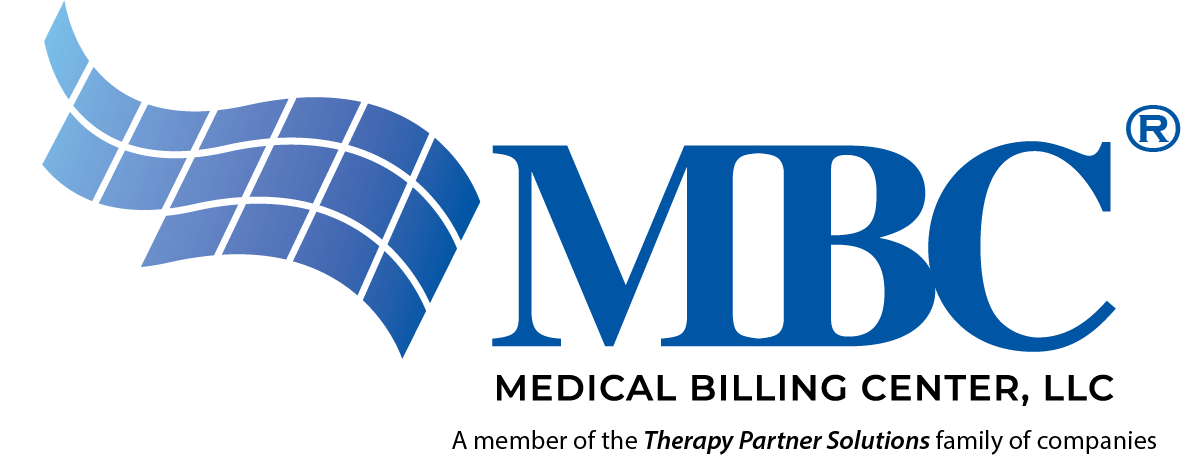Determining whether to outsource your practice’s billing department can help you establish long-term order
BY NICOLE KLUCKHOHN, PT, DPT
As business owners and operators, private practitioners are often called to wear many hats—owner, clinician, operator, staff psychologist, IT coordinator, administrative oversight, billing oversight, compliance officer, and even sometimes plumber…literally and figuratively.
Some of these hats fit our heads well, but some are too big or too small, as we recognize we either don’t have the capacity or don’t have the knowledge to make the hat becoming.
One of the most common places we see this risk is in the oversight of the billing staff and processes. Most owners aren’t sure how to assess the performance of their billing staff because, quite frankly, they don’t have the knowledge of the processes required to file and follow up on a claim, and taking the time needed to learn and manage these pieces would chew up valuable time that could be spent further growing the business. Then, when their billing person—the one person in the office who knows how to file claims—goes on vacation or, even worse, gives their two-week notice, there is a sudden realization that cash flow is completely dependent on the knowledge of these key processes.
Determining when to keep billing in-house versus outsourcing to an expert can be a difficult decision. How can you be sure this is needed? How will you know if a billing company is doing a good job? Let’s first look at how to measure your current performance. There are three key metrics that you can use to measure the performance of a billing department:
Daily Sales Outstanding (DSO): Basically, how quickly are you getting paid? This can vary depending on your payer mix, but generally speaking, national benchmarks indicate < 30 days to be excellent and 30-40 days to be good, while 40+ days needs improvement. To calculate DSO, look at no less than four months’ worth of data, but trailing 12 months is ideal.
– First, calculate your average charge per day: Take the total of the charges for the data period and divide the total by the total number of calendar days in that reporting period.
– Next, divide your ending accounts receivable number by the average charge per day, and that is your DSO. Collection Percentage: This is the percentage of money collected compared to what was expected to be collected based on your contracted allowable. National benchmarks report 90% to be good and 95% to be excellent. Anything less than 90% shows an opportunity for monies to be collected.
To calculate your collection percentage, it is, again, best to use 12 months of data if you have it available.
– First, calculate your net charge (allowable), which is your gross charges minus any contractual adjustments.
- Make sure you are not pulling in bad debt, non-authorized payments, or any other adjustments when you use your contractual adjustments to calculate.
– Next, divide your total payments for the data period by the net charge, and that is your collection percentage. Accounts Receivable Health: How old are the receivables that you are waiting to collect? In general, depending on payer mix, you would expect to see:
- 60% in 0-30 days (current)
- 20% in 31-60 days
- 5% in 61-90 days
- 15% in 90+ days
Ideally, you would want to see what is sitting in each of these buckets and assess anything over 90 days to determine if it is a specific payer issue or slow-paying liability claims, or if it is patient responsibility that needs more front-office focus to be collected at the time of service.
Now that you know a baseline of how you are performing, how do you fix any issues that you have identified? Does your billing staff have the resources or knowledge that they need to make impactful change in the key performance indicators (KPIs)? Do they frequently get pulled to do other duties to support the clinic (i.e., working the front office, calling to verify benefits, handling incoming patient calls to discuss the bills, etc)? How much time do they have to follow up on problem claims and anything that needs to be corrected and refiled or appealed? Who sends out the statements and works the accounts that require refunds? Is the same person also responsible for posting deposits and reconciling all your accounts? Are there any checks and balances to ensure the accuracy of the reconciliation process? What happens when this person is out sick or on vacation? Do all processes stop?
The choice to outsource any part of your business is a decision that you should not make lightly. You must balance the return on your time and effort with whether you or your team have the capacity and knowledge to truly maximize on that return. By determining what you and your key team members’ strengths are, you can decide where those strengths can be best focused to grow and improve on the business—and which areas can be better maximized by an expert.
The revenue cycle process is more than hitting a button to push the claims to a clearinghouse. Couple that with the constant and ever-changing billing rules, regulations, payer variability, and payer coding requirements, and it requires a level of ongoing knowledge, expertise, and focus that is specialized. And, if your volume ebbs and flows, the workload can be variable. Most revenue cycle management companies have a rate that is tied to collections or claims volume. This allows your billing expenses to rise and fall in sync with your volume, rather than having a fixed salary expense regardless of the clinic’s performance.
The same KPI metrics described earlier can be used to ensure that any third-party RCM company you engage is managing your account well. But if you do choose to outsource this task, the day-to-day oversight, time spent keeping up with the latest changes in payer requirements, and consistency in a team of people working the account to completion will no longer be a distraction to your daily focus.
The adage “jack of all trades, master of none” is often given as a compliment for those who have broad knowledge of many different skills. In the case of your revenue cycle, however, the lack of expertise could be leaving a lot of revenue unaccounted for or put your business at risk. This hat may not be a one-size-fits-all hat. Consider improving your acumen regarding billing to take your business to the next level or it may be time to look for the head that is meant to wear that hat.


